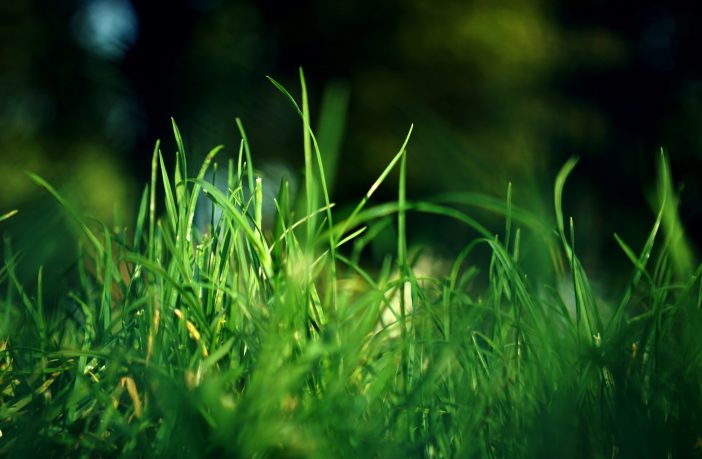- The NextFuel briquette, made from fast-growing elephant grass on marginal land is tipped to be the clean successor to fossil fuels.
- In East Africa, a cement plant expects to cut their energy cost in half by switching from coal to NextFuel.
- Energy companies can keep their existing energy infrastructure and replace oil, natural gas and coal with the CO2 negative NextFuel briquette
At the upcoming UN Climate Summit in December, a Scandinavian clean tech start-up will present a new fuel technology that could potentially replace oil, natural gas and coal.
A solution to climate change that is CO2 negative, cheap and massively scalable, the NextFuel briquette, made from fast-growing elephant grass on marginal land, favourably competes with the rising cost of oil and the price of coal in most markets, the firm explains.
A coal plant can, without any investments, directly replace some or all of its coal with this clean alternative. In the long run, the coal plants in the world can be made CO2 negative by switching fuel. According to the energy start-up, the new technology is fully developed, tested and ready to use with an operational, industrial-sized plant in Austria.
“By licensing the technology from NextFuel, energy companies can keep their existing energy infrastructure and replace oil, natural gas and coal with the CO2 negative NextFuel briquette,” the firm said in a statement.
The first two large-scale projects are in the process of being implemented and are expected to be in operation at the end of 2019 in East Africa and South America. In East Africa, a cement plant expects to cut their energy cost in half by switching from coal to NextFuel.
Elephant grass is a plant that can grow up to four meters in just 100 days, producing several crops to harvest each year; the grass also stores around 20% of the CO2 in the roots in the soil.
Once the grass has been harvested, it is transformed into a briquette. The first NextFuel project in East Africa is expected to reduce the CO2 footprint of a cement factory by 105% compared to the coal they are using today.
After the grass is harvested, it is dried and fed into a patented reactor. This is a rotary drum, indirectly heated and operated with a low oxygen atmosphere. While inside that drum, volatile elements are separated from the grass, and the physical properties together with the energy content are transformed in less than 30 minutes to a clean copy of fossil fuel.
The reactor also drives out the off-gases from the grass. They are used as surplus energy to produce heat or electricity to power the facility.
After the reactor is finished, the fuel is densified and turned into briquettes that are cooled. These briquettes are ready to use directly as a CO2 negative fossil fuel substitute both in industrial and electricity production. It can also be used directly in a coal plant without any infrastructure adjustments.
Author: GBA News Desk /ESI Guest Contributor
This article was originally published on ESI Africa and is republished with permission with minor editorial changes.












1 Comment
Anything but fossil. Great development but worried about the energy density, reliability and sustainability. Would love to get more details on this. Can any one help?